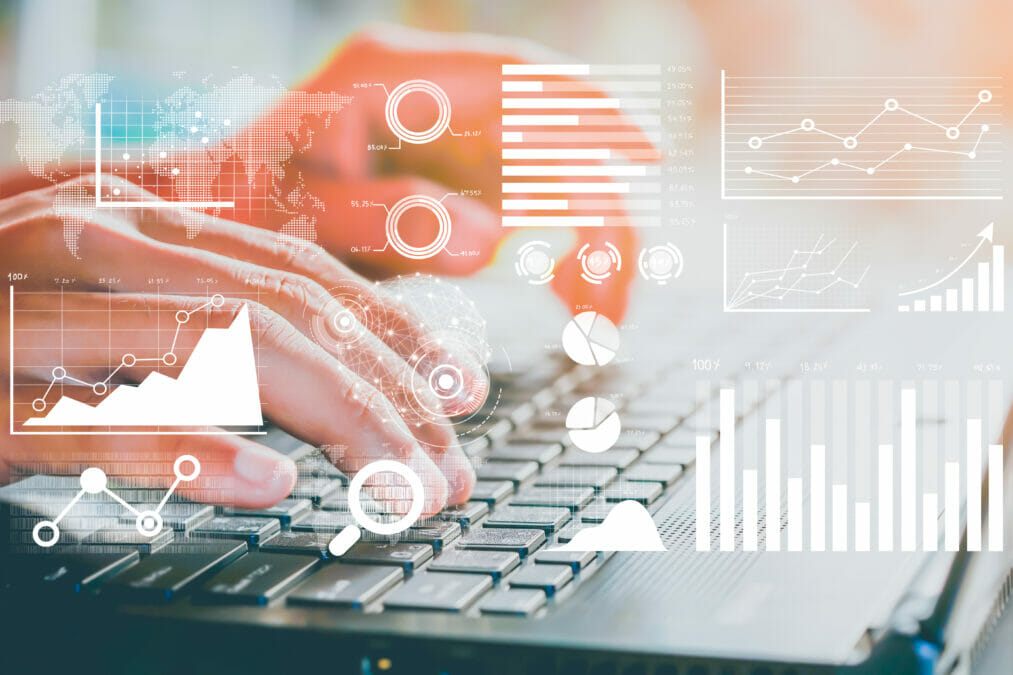A recent policy paper by the British Government on its digital transformation plan for the National Health Service centres on the critical role that data has played combating the pandemic, and how that experience will be at the heart of its strategy for modern public health services.
Titled ‘Data saves lives’, the plan focuses on three key areas: a better understanding on how data is used and how it can drive innovation; how data can be shared effectively across platforms and organisations; and what are the right foundations – technical, legal and regulatory – to make such a data-driven organisation possible while protecting individuals’ privacy.
It’s been long understood that to deliver transformative results through real-time data analytics, it’s important to have a deep understanding of an organisation’s entire data landscape, from the software stack and data architecture right through to the culture around how data is shared and used.
Culture, people and process
The findings from our own independent cross-sector research on attitudes towards real-time analytics show that it’s becoming a priority for many businesses, with 90% of organisations planning to increase investment in real-time analytics technologies over the next three years. This aligns with recent commentary from analyst firm Gartner, which is forecasting that by 2022, most business systems will feature real-time data capabilities.
However, while there’s near-unanimous agreement of the importance of increasing investment in real-time analytics, a significant majority of businesses aren’t as well prepared as they could be when it comes to realising the full value of that investment. And that lack of preparedness isn’t only about access to the right technologies — it also encompasses people, skills and culture.
Indeed, our research shows that 66% of organisations believe that their data challenges are more about culture of the business than the data and the data tools they use. Moreover, only 36% of companies feel that the executive leaders and the C-suite are data led.
Why does this matter? Without bringing the people, technology and data together, it’s hard to put in place an operating model of continuous actionable intelligence, where an organisation is being constantly fed critical insights via the analysis of real-time and historical data. Think of this as going from standard definition TV to 4K; you get a much richer, deeper and truer understanding of how a business is operating. You can then apply ML and AI data models to predict the future, automate key decisions and significantly improve operational processes.
Hot topics and emerging trends in data science
From trading floor to production lines
As with the Government’s Data Saves Lives initiative, the success of such projects will depend as much on fostering a data-led culture and having access to the right people with the right skills in data science, DataOps, automation and machine learning as they will on choosing the right technologies. Get it right, and we know that the results can be truly game-changing.
Take the world of financial services, where we see banks using real-time analytics to capture and process over 1TB of data per day to deliver on business, risk and regulatory requirements. Or the utilities space, where companies are processing up to one million readings per second, calculating surges, faults, errors and anomalies that can be spotted and addressed before they become bigger issues all the while making the energy grid more effective and efficient.
Additionally, in high-tech manufacturing, companies are analysing sensor data at the edge to better predict potential issues and take preventative action well before the issue causes operational problems. In one use case, over one million data readings, across 100,000 machine sensors on 1,000 plant tools are captured every second every day, with production anomalies detected in under 0.03 seconds.
There are of course many more use cases across vastly differing industries. However, the common thread is the imperative to better capture, manage and derive tangible business value from the enormity and speed of data across the organisation. As the findings of our research highlight, to achieve this it’s vital to ensure alignment across the whole data environment – tools, processes and people. Do this, and organisations in every industry sector can realise the transformative benefits that real-time analytics can bring.








